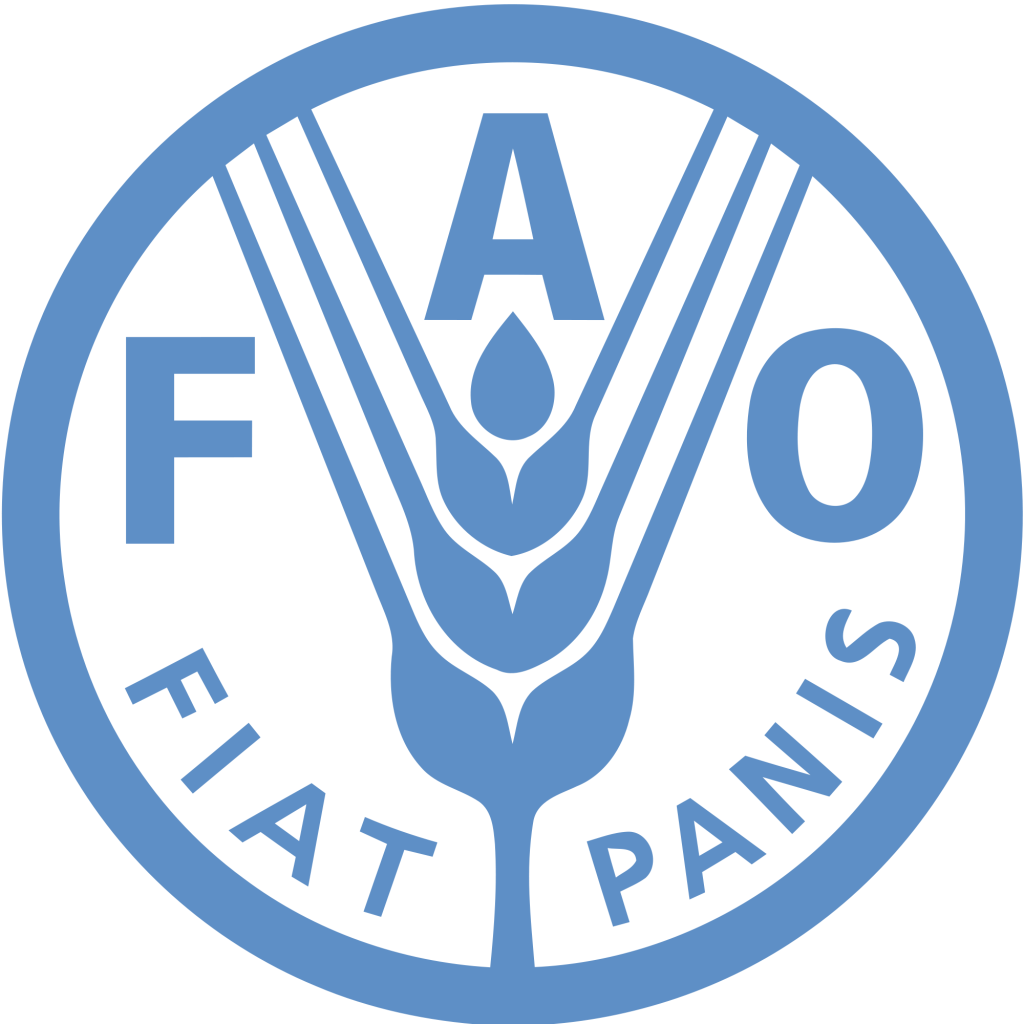Location
The vision of the FAO office in Bangkok is a food-secure Asia and the Pacific region.
Its mission is to help member countries halve the number of undernourished people in the region by raising agricultural productivity and alleviating poverty while protecting the region’s natural resources base.
Agricultural growth in Asia-Pacific has stagnated in recent years, with a serious decline in agricultural investment, and depletion and degradation of natural resources in the face of continued population growth.
The benefits of the green revolution have now been fully realized and there are no revolutionary technologies on the horizon that can rapidly and sustainably reinvigorate agriculture.
Outward migration, especially of the young generation, has led to the "greying" and feminization of the sector; the coping mechanisms of poor households are few, given their limited assets and the fact that a deep recession occurred so soon after the food crisis.
Climate change will impact agriculture in many ways, particularly in areas vulnerable to natural disaster.
The opening of markets improved the mobility of people, goods and services and created employment opportunities for the labour-rich Asia-Pacific economies. At the same time the growing links within the region and with the rest of the world ushered in risks of transboundary plant pests and animal diseases.
Members:
Resources
Displaying 86 - 90 of 293Tigerpaper/Forest News
A quarterly news bulletin dedicated to the exchange of information relating to wildlife and national resources management for the Asia-Pacific region.
Assessing the Protection of Forest-based Environmental Services in the Greater Mekong Subregion
This paper examines the drivers of deforestation and the loss of forest services, and the various mechanisms that exist to protect forests in the Greater Mekong Subregion (GMS). In most cases policy mechanisms play a greater role in forest protection than payment for environmental services (PES) which has yet to develop in the subregion. Scenarios presented suggest that higher income countries will have much greater scope in protecting forest environmental services that low income countries.
Assessing the Protection of Forest-based Environmental Services in the Greater Mekong Subregion
This paper examines the drivers of deforestation and the loss of forest services, and the various mechanisms that exist to protect forests in the Greater Mekong Subregion (GMS). In most cases policy mechanisms play a greater role in forest protection than payment for environmental services (PES) which has yet to develop in the subregion. Scenarios presented suggest that higher income countries will have much greater scope in protecting forest environmental services that low income countries.
Assessing the Protection of Forest-based Environmental Services in the Greater Mekong Subregion
This paper examines the drivers of deforestation and the loss of forest services, and the various mechanisms that exist to protect forests in the Greater Mekong Subregion (GMS). In most cases policy mechanisms play a greater role in forest protection than payment for environmental services (PES) which has yet to develop in the subregion. Scenarios presented suggest that higher income countries will have much greater scope in protecting forest environmental services that low income countries.
Mongolia Forestry Outlook Study
This wide-ranging forestry outlook study for Mongolia discusses a broad selection of topics relevant to the future development of forestry in Mongolia. Prospects for industrial development, forest rehabilitation, community-based forest resource management, climate change, policy and institutional developments, desertification, forest fires, grazing encroachment, and establishment of a Green Wall are among the myriad of drivers of forestry change in Mongolia. The need for continuous improvement in forest management is a key theme throughout the paper.

